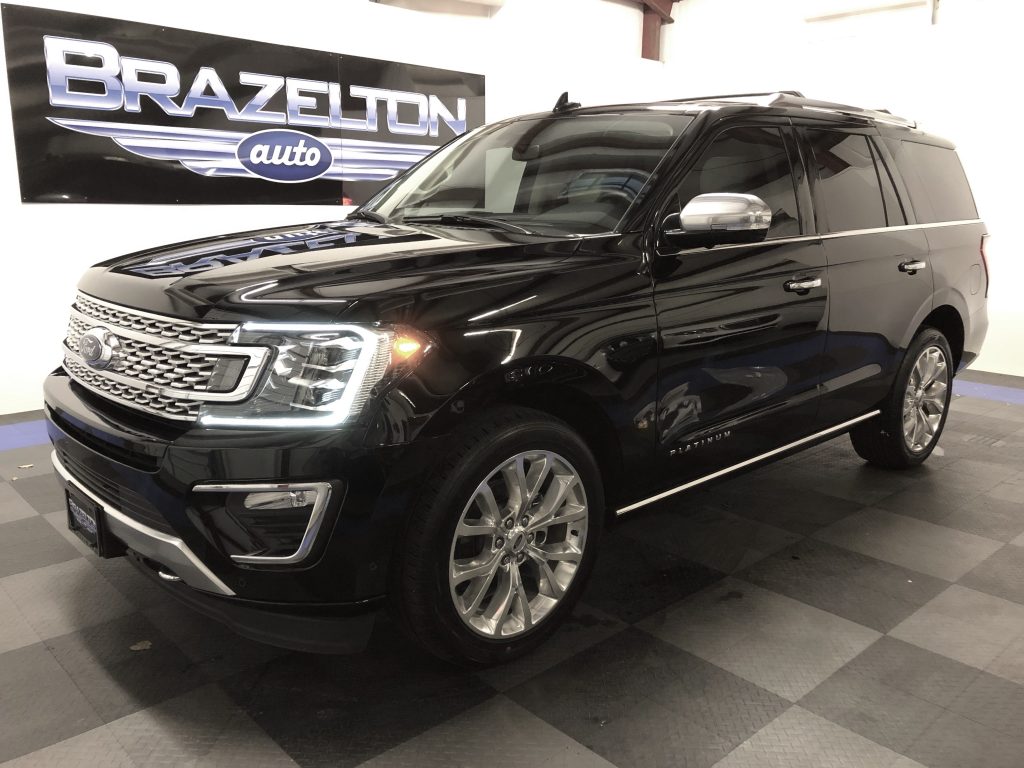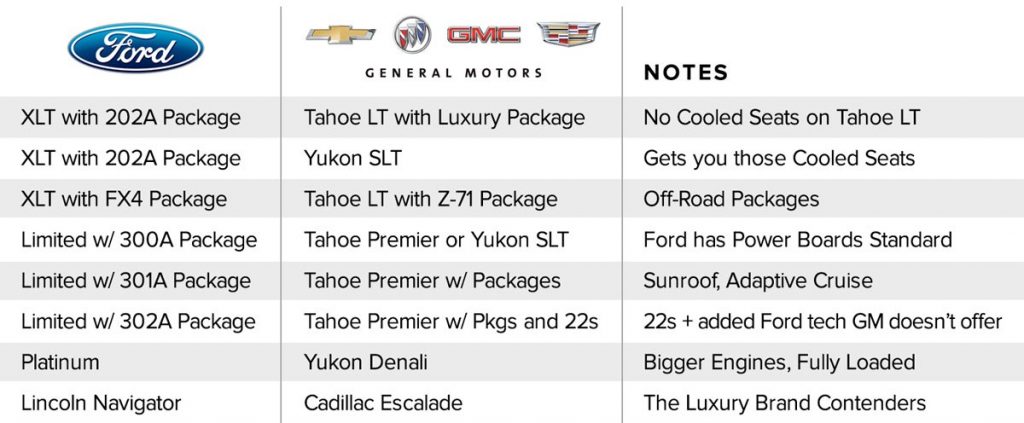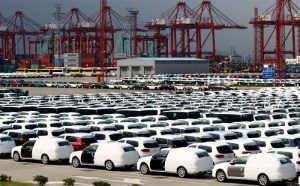First off, Brazelton Auto is still running strong (some clients thought from our last newsletter that we were shutting down Brazelton Auto!!!). I will continue to spend the majority of my time over the coming months at our new dealership, South County of Sealy CDJR. Since I’m now a “seasoned vet” from the new car franchise world, I thought I’d share some observations about this side of the industry with you. I’ve been drinking out of a firehouse now for 2.5 months. A franchise dealer adds a whole new dimension to the game. It is more different than I anticipated.
First, pricing is brutal. Our strategy is to price very aggressively; to give customers a reason to drive out to Sealy. My dealer partners are located in a small town called Gilroy, CA about 40 miles south of San Jose. Despite the small population, they sell 400-500 new cars a month. They see Sealy as a Texas version of Gilroy, and are helping us to get to that volume level. The only way to attract that sort of volume is deep discounts. We price vehicles at a material loss, hoping to make up the difference on trade-ins and the back end (finance, warranties, etc). Fortunately, it seems to be working. We’ve taken a store that historically did 15-20 units and moved 82 vehicles in March making it the first month it has ever broken even.
Much like Brazelton Auto, the success of the store is primarily determined by the people. When the discussions of this store became serious, I called our long time Jeep/Ram fleet guy, Brandon Everitt. I was interested in having him join us, but our immediate need was a good general sales manager. He put me in touch with Roel “Taco” Guerra. Two weeks later Taco was my first hire. Taco brought in a whole new sales team. Brandon joined us a few weeks later. Together they add the expertise I sorely lacked, and they deserve 100% of the credit for turning up the volume.

And I call on their expertise daily. Chrysler has a ton of programs and little ways to bring money to the bottom line, from certified pre-owned programs, to demo allowances, loaner car programs, make-ready allowances, volume bonuses, etc. I’ll be learning for quite some time but lean on these guys to get me though. I’ve spent much of my time where I can add value; used cars and the service department.
All those little programs are needed. It’s obviously a very capital-intensive industry. We stock over 200 new vehicles and about 50 used. Being $10M in debt doesn’t help my sleep at night! Unlike used cars, you have to plan your new car inventory at least 60 days out. We order new vehicles not knowing what the market or rebates will be when the cars finally arrive.
Operationally there are some similarities and differences from Brazelton Auto. We use fixed pricing on new cars (can’t go any lower), but we do some haggling on used vehicles. We stress straightforward dealings though, without the manipulation and games most dealers play. We’re trying to build our reputation while we build profitability. Like Brazelton, our people will be the core of our business. Hire the best and take good care of them, so they take care of the customers.
We have a long way to go, but I’m very happy with the progress we’ve made so far. I’m still working 12+ hours a day but can breathe a bit during the day. I look forward to the day when my time is more evenly split between the two stores, but it’s exciting the see things improve out here daily.






